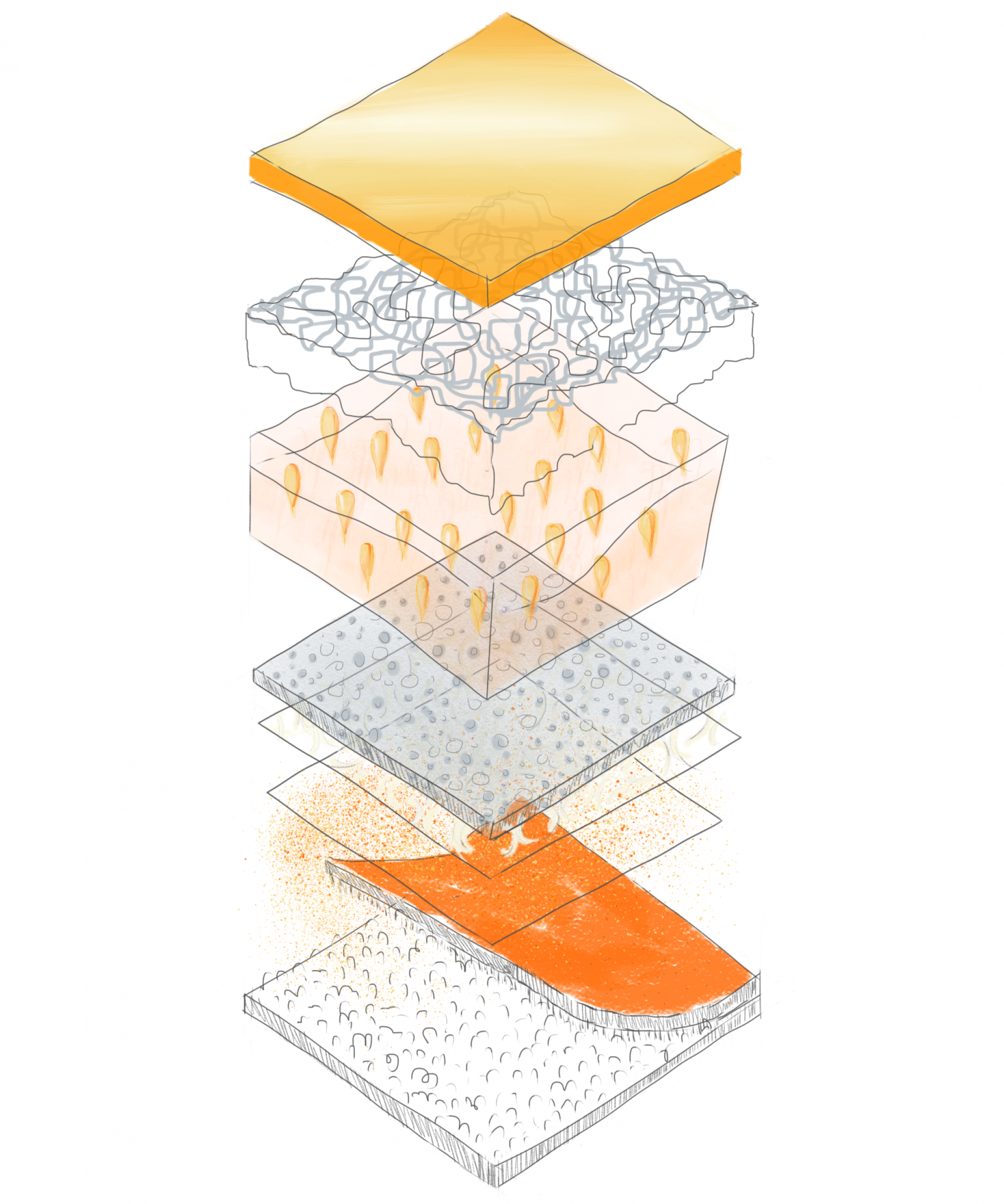A5: Using Our Hands – Josh Fender
Josh Fender


A5: Using Our Hands
Berend Kessler










A5 | Using Our Hands | Yette Gram
In class exercises
In class sketches of a mug, highlighting the parts that are most noticeable to touch.
Assignment
The following two sketches were of objects placed in a box, and chosen blindly. I selected an object, explored it by touch, and then returned it to the box before opening my eyes and beginning to draw. I recognized the first object (a portable speaker) for what it was immediately, but the second remained a mystery until after I had completed the drawing (the metal insert for the nose piece of a mask).
Assignment 4_Wenwen Zhuang
Centre for Interactive Research on Sustainability (CIRS)

CIRS is built on a slope.

Its LID system bascially consists of the green roof, rain garden, and water treatment system. Stormwater is collected from the highest roof top and storaged by underneath cistern, treated by water treatment plant, and finally supports back to the daily uses in the building and also irragate the rain garden and the verticle planting.


A5 | Kathryn Pierre
My in class object was chosen blindly by feeling around on my nightstand until I landed on an unfamiliar object, my sewing scissors.
A5 | Using Your Hands | Noora

Weight, hollowness, heat, sounds, textures, seams and moving parts became became more apparent. The ambidextrous design of the mouse was also apparent through touch when holding the mouse.
The shallow engraved labels and small blue light to indicate that the mouse was on were no longer legible, but still palpable through textures or heat.
Inferences about internal components could be made more readily without vision (e.g. the weight of batteries, the clicking of switches, the heat of wired components, etc.)
A4 | Above, At & Below Ground | Noora



Assignment 5 | Marissa Campbell
For this assignment I drew three different objects based on touch only, again with a blindfold during the drawing process, and finally with sight and the object in front of me. In all cases the series of drawings are distinctly different based on the information available and my attempt to convey it.



A4 | Kathryn Pierre
I conducted a study of the use of the East side of the NEST at UBC on a sunny afternoon one day this week. I wanted to explore whether the new turf field was actually in use – to my delight it was well populated that day. I also looked at the areas around the NEST to study how the availability of green space and spatial programming influences the experience of the gathering space on the western side of the building.











